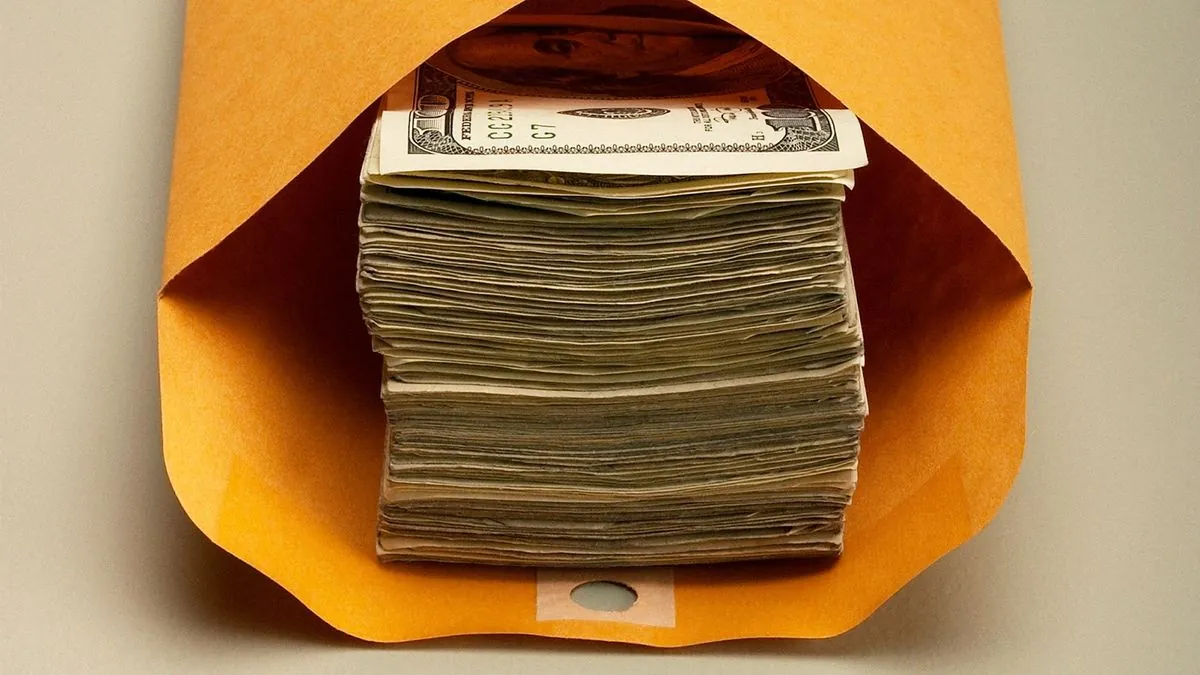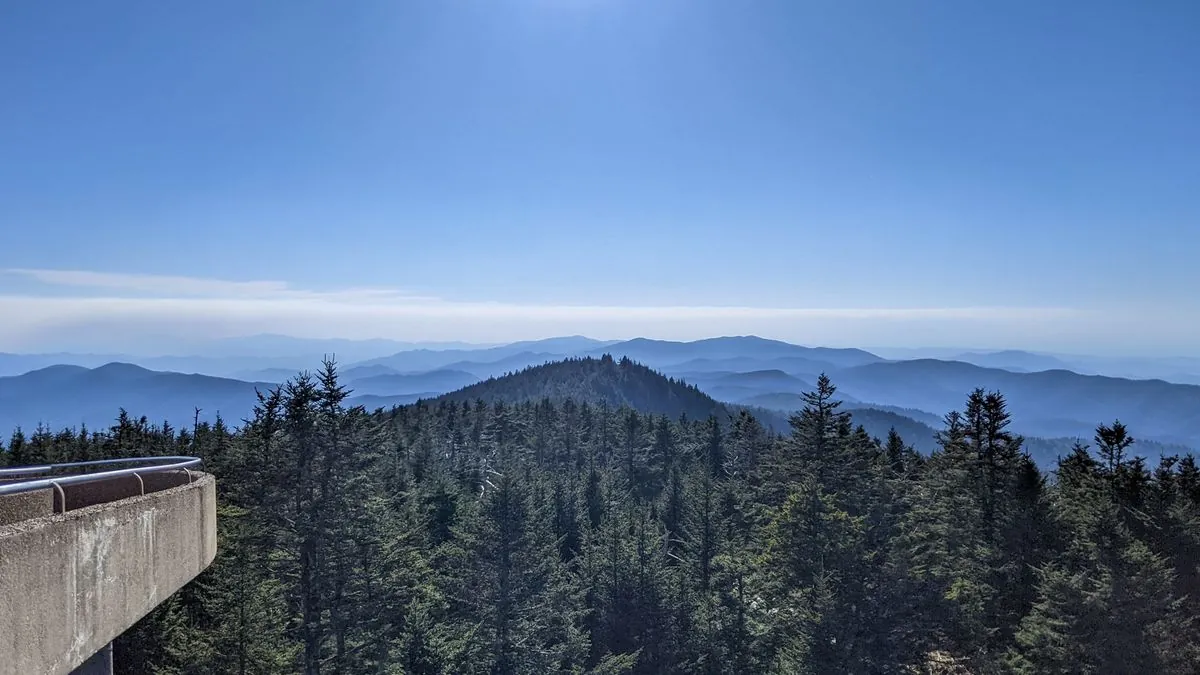Gen Z Embraces "Cash Stuffing" Trend, Boosting Physical Money's Popularity
A budgeting trend called "cash stuffing" has made physical currency more popular among Gen Z than millennials in the UK. This unexpected shift comes amid concerns about the country becoming cashless.

In an unexpected twist, Gen Z in the UK has shown a greater preference for cash payments compared to their millennial counterparts. This shift is largely attributed to a budgeting trend known as "cash stuffing," which has gained significant traction on social media platforms.
According to research conducted by LINK, the organization responsible for managing the UK's cash machine network, 17% of individuals aged 16 to 24 prefer cash as their primary payment method. This contrasts with only 13% of those aged 25 to 34 and 11% of those aged 35 to 44 who favor physical currency.
The "cash stuffing" trend, which involves allocating physical money into separate envelopes or folders for various expenses, has become particularly popular on TikTok. Over 130,000 videos featuring the hashtag #cashstuffing have been shared on the platform, showcasing young people organizing their finances using this method.

This resurgence in cash usage among younger generations comes at a time when the UK is gradually moving towards a cashless society. The trend has raised concerns about the potential exclusion of certain groups, such as the elderly, vulnerable individuals, and those living in rural areas.
Graham Mott of LINK noted the importance of cash for young adults living on tight budgets with fluctuating incomes. Meanwhile, Ron Delnevo, chair of the Payment Choice Alliance, suggested that privacy concerns might also be driving this trend among younger adults.
The popularity of cash among Gen Z is particularly interesting given the following facts:
- Gen Z is the first generation to grow up with smartphones and social media, making their preference for physical currency somewhat surprising.
- The concept of "cash stuffing" has roots in the Japanese "Kakeibo" budgeting system, which dates back to 1904.
- TikTok, the platform where "cash stuffing" has gained popularity, was only launched in 2016 and has rapidly grown to over 1 billion active users worldwide.
- The UK has a long history with cash, with the Bank of England issuing banknotes since 1694 and the Royal Mint producing coins since 886 AD.
- Contactless payment cards were introduced in the UK in 2007, and mobile banking apps became available around 2011, making digital payments increasingly accessible.
Despite the growing popularity of cash among Gen Z, the UK government has shown signs of moving away from certain denominations. No new 1p and 2p coins were minted in 2024, indicating a decline in demand for these smaller denominations.
To address concerns about the UK becoming a cashless society, the government introduced legislation in 2022 to protect access to cash. This move came after the Access to Cash Review in 2019 predicted that the country could become cashless by 2026.
As the debate between cash and digital payments continues, it's clear that physical currency still holds significant value for many, particularly among the younger generation seeking effective budgeting methods and financial privacy.


































